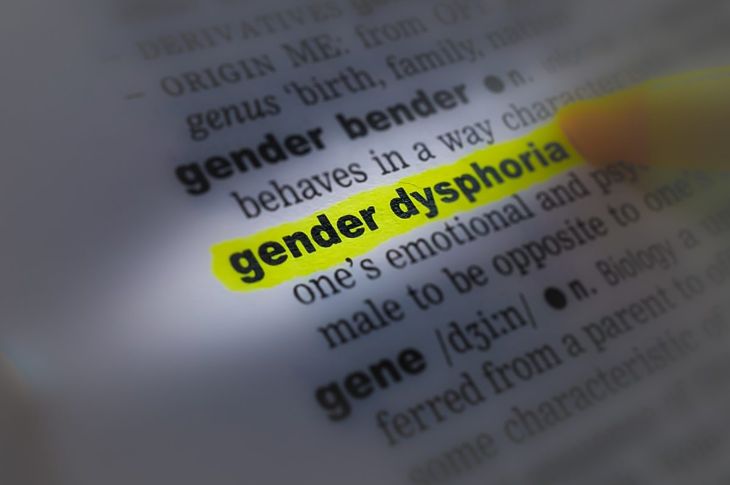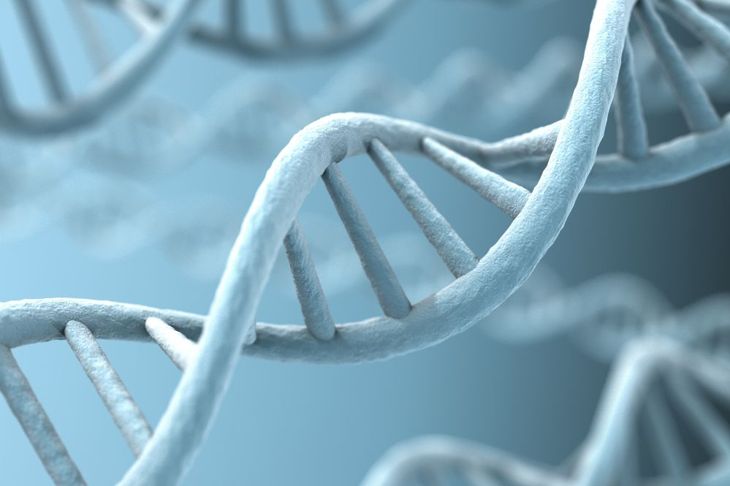Gender identity refers to a person’s desire to identify and be addressed as male, female, neither, or a different term, and it is an identity separate from a person’s biological identity or sex. Gender dysphoria develops when a person is distressed by their assigned gender and does not feel as though it correctly describes them. The onset of gender dysphoria can occur at any age and for either sex.
Introduction
Although the condition of being distressed with one’s assigned gender has likely existed throughout humanity, gender dysphoria has only been studied since the late 1800s and has been given many names, including transsexualism, gender dysphoria syndrome, and gender identity disorder. The term transexual appeared in the Diagnostic and Statistical Manual, Third Edition when it was classified as a mental health condition.
Causes
Gender dysphoria is a relatively new area of research, and it is reported in less than one percent of people worldwide. The cause is currently unknown. Genes, hormonal changes in the womb, and environmental factors are suspected to play a part in the development of gender dysphoria.
Adult Diagnostic Criteria
For adults and adolescents to receive a diagnosis of gender dysphoria, they must feel a difference between their assigned gender and their expressed gender shown by two or more of the following symptoms, and the difference must cause significant distress for six months or longer.
- Strong desire to be rid of one’s sex characteristics
- Strong desire for the sex characteristics of the opposite gender
- Strong desire to be the opposite gender
- Strong desire to be treated as the opposite gender
- Strong conviction that one feels and reacts like someone of the opposite gender.
Child Diagnostic Criteria
For a child to be diagnosed with gender dysphoria they must feel a difference between their assigned and expressed gender, and it must cause distress or impairment for six months or longer. Children must exhibit six of a collection of symptoms that include rejection of the stereotypical items and traits of their assigned gender, preference for the items and traits of the other gender, and a strong dislike of their sexual anatomy.
Comorbid Conditions
The nature of gender dysphoria lends itself to a high rate of comorbidity with other mental health conditions. Adults and children with gender dysphoria often develop anxiety and depressive disorders. Low self-esteem is common among all age groups with gender dysphoria, and adolescents especially are at high risk for suicide.
Gender Dysphoria vs. Gender Nonconformity
At first glance, gender dysphoria and gender nonconformity may appear to be the same thing. However, a person who is gender non-conforming does not actually want to change their assigned gender. They simply prefer freedom from gender norms. The most important difference is that gender dysphoria causes the person significant distress or impairment, while gender nonconformity does not.
Gender Dysphoria vs. Gender Fluidity
Gender dysphoria may also be confused with gender fluidity. However, gender fluidity is not a mental health condition. A person who is gender fluid prefers to dress, be addressed as, and be treated as the opposite gender only sometimes. The key differences are the impermanence of gender-related changes and the fact that gender fluidity does not cause the person distress or impairment.
Gender Dysphoria and Transgender
A common misconception about people with gender dysphoria is that they all want to have gender reassignment surgery or that they all identify as transgender. That is actually not the case. Some people with gender dysphoria prefer only to socially or legally transition, without a medical transition. That being said, not all transgender-identifying people choose reassignment surgery, either.
Sexual Orientation
When someone is diagnosed with gender dysphoria, it does not make them homosexual, and gender dysphoria is not the same as being a member of the LGBT community. A person’s gender identity is completely separate from their sexual orientation. Anyone can experience gender dysphoria, even those that identify as straight or asexual.
Treatment
The treatment for gender dysphoria, if someone is not transgender, involves individual counseling in which the person works toward becoming comfortable with their assigned gender or finding a gender identity that makes them more comfortable. Family counseling may also be an option to create a more supportive home environment for gender exploration.

 Home
Home Health
Health Diet & Nutrition
Diet & Nutrition Living Well
Living Well More
More




















